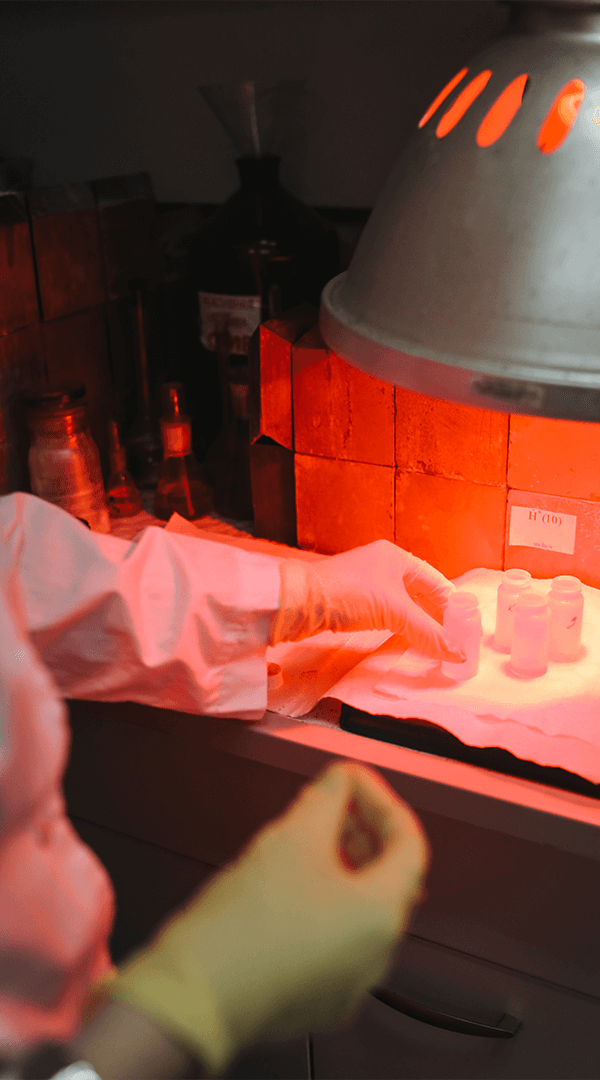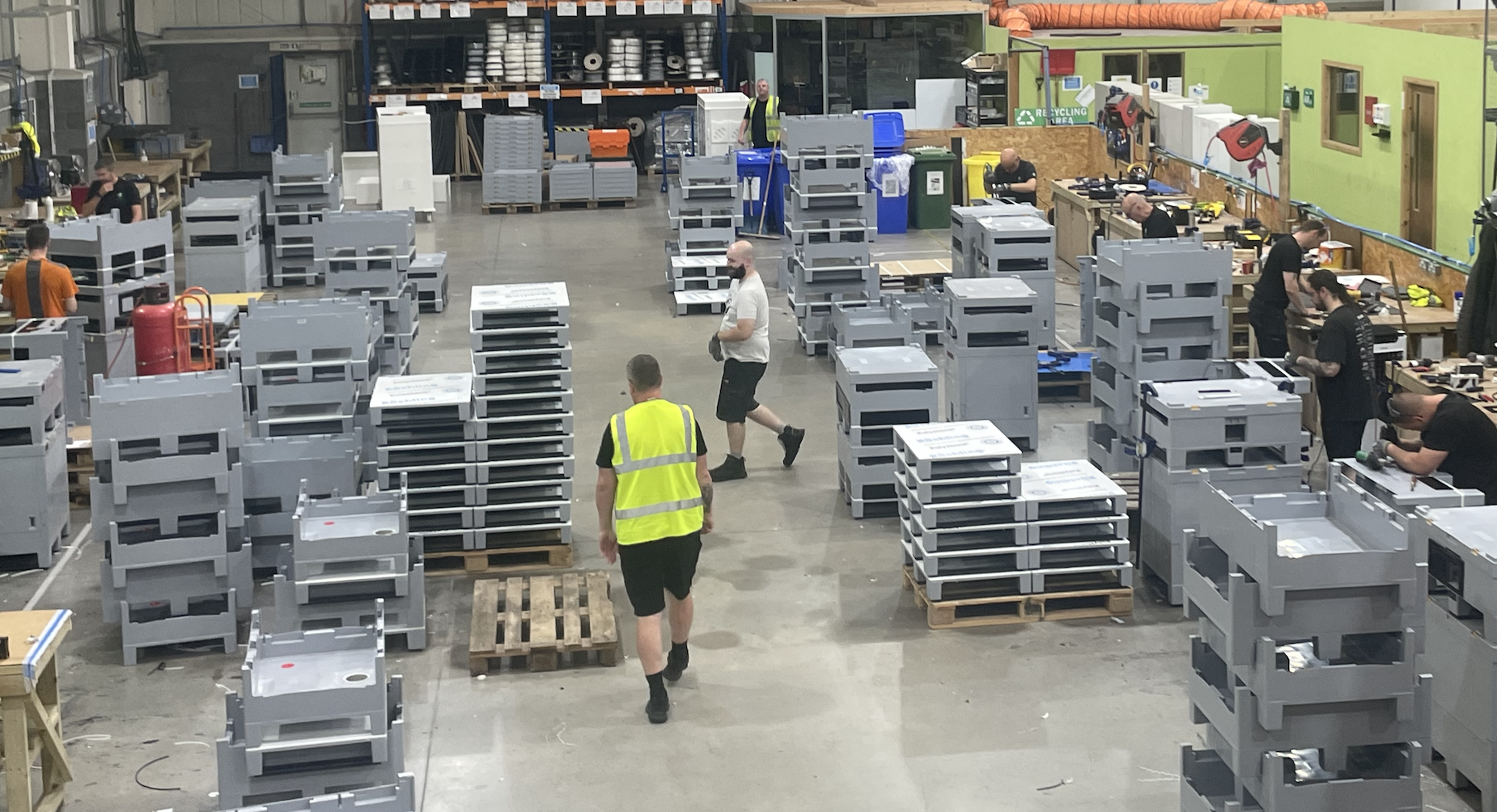posted by Phill Allen
April, 25th, 2016
Company News Pharmaceutical Industry News
3D printing is by no means a new phenomenon. A process that has been around since 1984, it’s 3D printing’s modern applications that are creating vast opportunities for manufacturing on a global scale.

Already put to good use in the healthcare industry, where it’s been used to create everything from dental implants to custom prosthetics and replicas of organs, there’s now hope it can be used to aid pharmaceutical research and the advancement of bio-technology.
With potential uses including the 3D printing of medication, human organs and tissue, the possibilities of 3D printing are endless. Helping to cheaply and efficiently test new drugs in a safe environment, 3D printing could be the answer to the pharmaceutical industry’s prayers.
Here are three key ways 3D printing is expected to revolutionise the pharmaceutical world in the coming years:
1. Research and development (R&D)
Data from InnoThink Center For Research In Biomedical Innovation and Thomson Reuters Fundamentals via FactSet Research Systems gives an interesting take on the future of 3D print. It predicts that printed tissues and organs for drug testing purposes will soon revolutionise pharmaceutical R&D. The will help move away from inaccurate animal and synthetic testing, while reducing costs dramatically.
2. Printing drugs
Believed to be the first company in the world utilising cutting-edge 3D technology to develop and manufacture pharmaceutical products on a commercial scale, Aprecia Pharmaceuticals’ mission is to produce highly prescribed high-dose medications while enhancing customers’ experiences.
A drug produced by Aprecia Pharmaceuticals for the treatment of epilepsy is the first drug said to be manufactured using 3D printing technologies. This was approved by the Food and Drug Administration (FDA) in August 2015. It’s expected that it won’t be long before drugs are commercially manufactured with the help of 3D printers.
Aprecia Pharmaceuticals Chief Executive Officer Don Wetherhold said: “We expect the technology to provide new opportunities for specialty products. We expect it to happen in the short term for high-dose, fast-melt products, which we’re focusing on first through our product line. Over time, we believe there will be similar opportunities in controlled release products, for example, to meet the need for a specific release profile for a certain drug.”
According to medical writer C. Lee Ventola, there is a need for the production of personalised drugs, and 3D-printed medications may serve particularly well for patients who respond to the same drugs in different ways. “3D printing technologies will eventually allow drug dosage forms, release profiles, and dispensing to be customized for each patient.”
3. Regulatory changes
With 3D print standing on the cusp of innovation, the FDA acknowledges it needs to to keep apace with the “clear potential” of the technology.
Stephen King, from the Center for Drug Evaluation and Research (CDER) Trade Press Office at the FDA, warns “regulatory requirements could be a hurdle to be cleared” as 3D “technology is still in development and has many drawbacks”.
With data published by market research company MarketsandMarkets.com estimating that 3D printing for medical applications could amount to a market value of $2.13 billion by 2020, the race is on to affect change in the pharmaceautical world.
TAGS:
3D-printing, pharmaceutical industry,
SHARE:
Author
Phill Allen
Managing Director
Phill is an innovative thinker particularly in fluid management. His expertise lies in ensuring the seamless flow of pharmaceutical liquid logistics, whether it's optimising current processes or pioneering new approaches.




